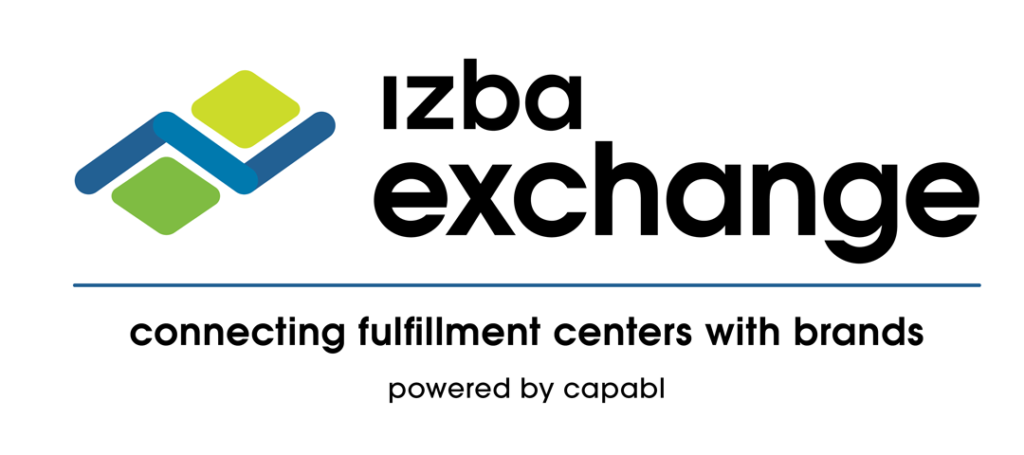By Arka | Custom Packaging Made Simple
In today’s marketplace, where unboxing videos go viral and sustainability is more than a buzzword, packaging has taken center stage. But for scaling brands, it can quickly become one of the most overlooked cost centers. Between design, materials, production, storage, and shipping, packaging costs can quietly eat into margins.
Fortunately, reducing packaging costs doesn’t have to mean sacrificing customer experience or brand perception. With the right approach, you can streamline packaging operations, eliminate waste, and build a packaging strategy that’s both cost-effective and impactful.
Here’s how to do it.
1. Optimize Package Design to Reduce Waste and Costs
One of the most effective ways to reduce packaging costs is to start at the design stage. Packaging that’s too big results in excess material use, higher shipping fees (thanks to dimensional weight pricing), and more void fill—all of which adds up.
Best practices for cost-efficient design:
- Design packaging that fits the product exactly—no more, no less.
- Eliminate the need for internal padding by engineering snug compartments or inserts.
- Choose structural designs that require minimal adhesive or folding steps.
- Avoid overly complex die lines, which can drive up manufacturing costs.
For example, brands that switch from a standard folding carton to a self-locking mailer often save on both materials and assembly time.
2. Use Lightweight, Recycled, and Right-Sized Materials
It’s a myth that sustainable packaging is always more expensive. In many cases, using recycled cardboard or kraft paper can lower material costs and shipping weight while aligning your brand with customer values.
What to look for:
- Recycled corrugated mailers (usually lighter and less expensive than virgin fiber).
- Paper-based fillers (like shredded paper) instead of plastic void fill.
- Compostable or biodegradable mailers when appropriate (often more lightweight than boxes).
- Right-sized options that eliminate unnecessary weight and reduce emissions during transit.
Not only does this approach reduce environmental impact, but it also qualifies some brands for carbon offsetting partnerships or eco-labeling that improves brand credibility and customer trust.
3. Consolidate Your Packaging SKUs and Vendors
As product lines grow, many brands accumulate an array of different packaging types and sizes—often more than necessary. Managing multiple SKUs can lead to inefficiencies in inventory, warehousing, and fulfillment.
Ways to streamline:
- Audit your current packaging SKUs and identify redundancies.
- Consolidate product variations into a single box size with internal dividers or padding.
- Choose versatile designs that can be used across different product lines.
Working with too many packaging vendors can also drive up costs and complexity. Limiting the number of vendors you use can help you negotiate better rates, reduce turnaround times, and achieve more consistency across your packaging suite.
4. Implement a Just-In-Time Inventory Model
If your business is stocking hundreds or thousands of units of packaging materials at once, you’re likely overpaying for storage and risking waste if designs become outdated.
A Just-In-Time (JIT) model allows you to order packaging as needed—aligned with sales velocity or production runs. It frees up warehouse space, reduces holding costs, and lowers the chance of having to scrap unused packaging.
How to make JIT work:
- Use forecasting tools to align orders with real-time demand.
- Partner with suppliers that offer fast production and delivery timelines.
- Maintain a buffer stock of only high-volume SKUs.
This model is especially effective for seasonal businesses or brands that frequently update their designs.
5. Use Digital Printing for Flexibility and Lower MOQs
Traditional offset printing methods are cost-effective for large runs but can be prohibitively expensive for small businesses or frequent design changes due to high setup costs and minimum order quantities.
Digital printing offers:
- Lower minimums with no setup fees
- Faster turnaround times
- Easier iteration and design changes
- The ability to personalize packaging for specific campaigns or audiences
If you launch limited-edition products or frequently test new SKUs, digital printing allows you to maintain a professional appearance without investing in massive print runs that may go unused.
6. Automate and Simplify Packaging Processes
Labor is often one of the hidden costs of packaging. Time spent folding, taping, labeling, and preparing boxes for shipment adds up—especially in fulfillment centers or in-house operations.
Strategies to reduce labor costs:
- Use packaging that’s pre-glued or self-sealing.
- Minimize the number of packing steps per order.
- Implement packaging automation where volume permits.
- Clearly label and organize materials to streamline packing stations.
Even small adjustments—like switching to die-cut labels instead of manually applying tape—can save significant time and money over hundreds or thousands of orders per month.
7. Standardize Brand Elements Across Packaging
You don’t need four-color printing on every package to create a premium brand experience. Many high-end direct-to-consumer brands use minimal, monochromatic designs with impactful typography and logos.
By standardizing your design elements (e.g., logo placement, color schemes, fonts), you reduce creative costs and avoid the need to design unique packaging for every SKU or campaign.
Tips:
- Create a packaging brand style guide and stick to it.
- Use universal messaging that works across multiple SKUs.
- Rely on stickers, stamps, or tissue paper for seasonal promotions or personalization—without changing the core packaging.
This approach gives you consistency while keeping your packaging materials—and creative overhead—under control.
8. Treat Packaging as Part of Your Marketing Ecosystem
Although cutting costs is important, your packaging is still a crucial touchpoint with customers. Instead of cutting marketing materials, integrate them into the packaging itself.
Low-cost, high-impact ideas:
- Include QR codes linking to loyalty programs or video content.
- Add a printed thank-you message on the inside of the box.
- Include social handles or hashtags to encourage sharing.
- Add branded sticker sheets or simple inserts as surprise-and-delight elements.
By merging packaging and marketing into a unified channel, you reduce the need for additional printed collateral while still enhancing the customer experience.
9. Use Data to Track and Improve Over Time
You can’t manage what you don’t measure. Start tracking packaging-related KPIs to help you make informed decisions and measure the ROI of any changes you implement.
Key metrics to watch:
- Packaging cost per order
- Shipping cost per order (pre- and post-packaging updates)
- Damage rate in transit
- Customer satisfaction or NPS scores related to packaging
Collecting data helps you identify which adjustments had the most meaningful impact—and where to focus next.
10. Partner with the Right Packaging Provider
While many of the strategies above can be implemented independently, partnering with a packaging provider who understands your brand goals and operational needs can significantly streamline the process.
That’s where companies like Arka come in. Arka specializes in helping brands create beautiful, sustainable, and cost-effective packaging—without the high minimums or long lead times that often come with custom solutions.
What sets Arka apart:
- Fully customizable packaging tailored to your exact product specs
- Eco-friendly materials like 100% recycled corrugated and compostable mailers
- Digital printing with low MOQs and quick turnaround
- Transparent pricing and seamless online ordering
Whether you’re launching a new product or optimizing an entire fulfillment system, Arka helps you get the right packaging at the right price—while elevating your brand experience.
Final Thoughts
Reducing packaging costs isn’t about cutting corners—it’s about designing smarter, sourcing more strategically, and aligning packaging with your brand’s long-term goals.
From rethinking materials and consolidating SKUs to using packaging as a marketing tool, there are countless ways to lower costs while maintaining (or even enhancing) the customer experience.
If you’re ready to take a fresh look at your packaging strategy, Arka can help. Explore our fully customizable options or reach out to our team to start optimizing your packaging without sacrificing quality or impact.




